9 underrated evergreens to give your yard a year-round beauty boost – hardworking plants with zero fuss
Gardening experts recommend their favorite unsung evergreen heroes

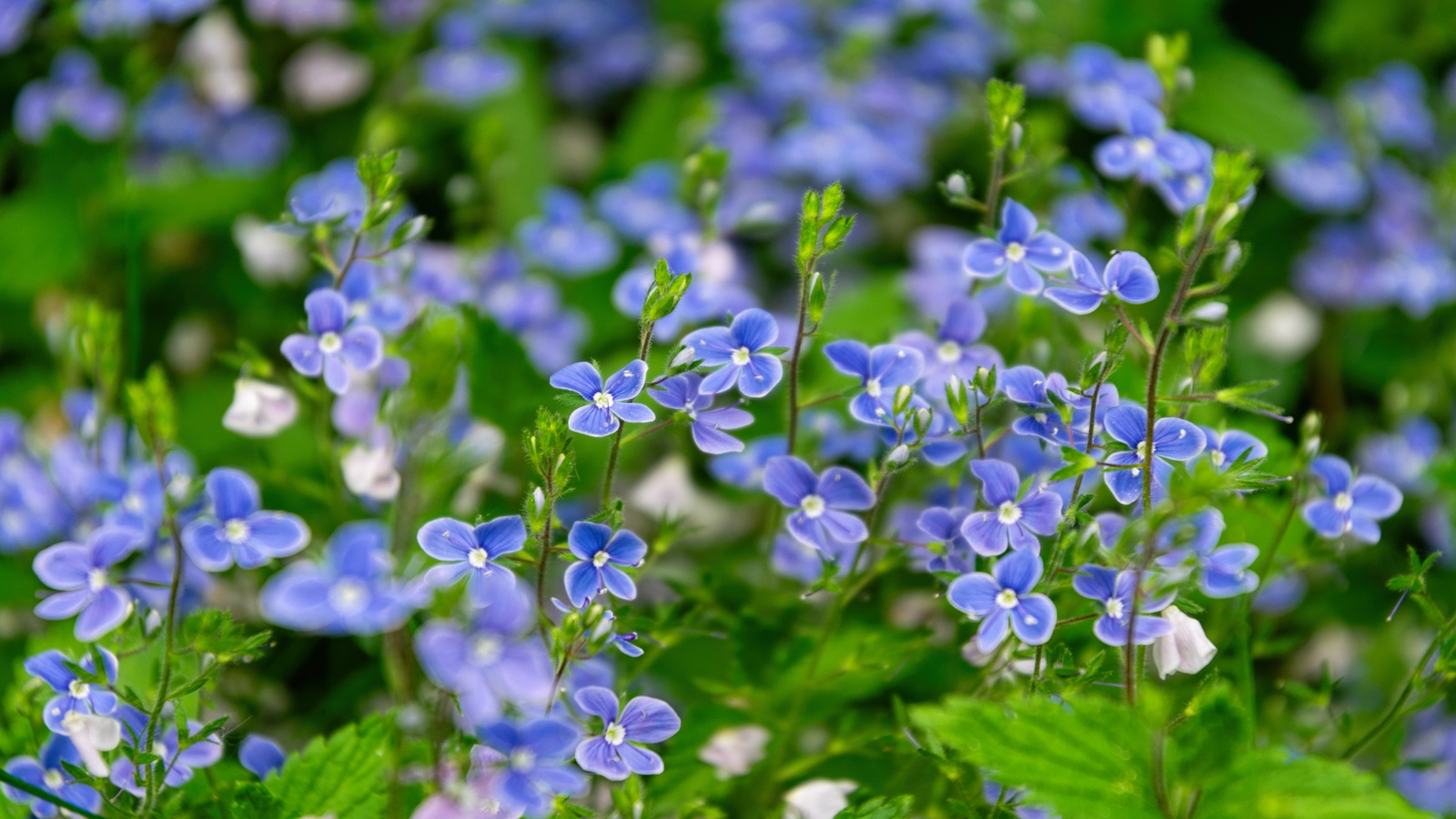
Creating a yard that is full of color and interest is the aim of most gardeners, but trying to prolong the impact all year round can prove tricky. That’s precisely where these underrated evergreens come in, continually providing glamorous foliage every month along with pleasing blooms, they allow the other showier plants to dazzle.
Loved by plant experts, these underrated plants are hugely useful, quietly knitting planting combinations together. Often beneficial to wildlife and pollinators, adapted to cope with drought conditions and ever-changing conditions plus those that produce delightfully fragrant and colorful flowers, they really earn their place in beds, borders and containers.
As leading horticultural experts and landscape designers are already aware, these underrated evergreen plants are beautiful and intriguing. Here we reveal our favorites, so you can get to know them too.
9 underrated evergreen plants to boost your yard
While many of us associate evergreen plants with cooler, climates, these tough and hardworking species can also play an important part in warmer areas too.
‘In warm-winter regions, evergreen plants play an essential role in keeping gardens visually dynamic and ecologically active all year long,’ explains Master Gardener and representative of High Country Gardens, Tabar Gifford.
‘While many popular evergreens lean toward woody shrubs or broadleaf plants, there’s a whole world of lesser-known species that provide color, texture, and pollinator support without demanding much water or care. These underrated evergreens thrive in lean soils, withstand intense heat, and often offer fragrant foliage or interesting architectural forms, making them valuable, climate-appropriate choices for sustainable landscapes.’
Dianthus Firewitch
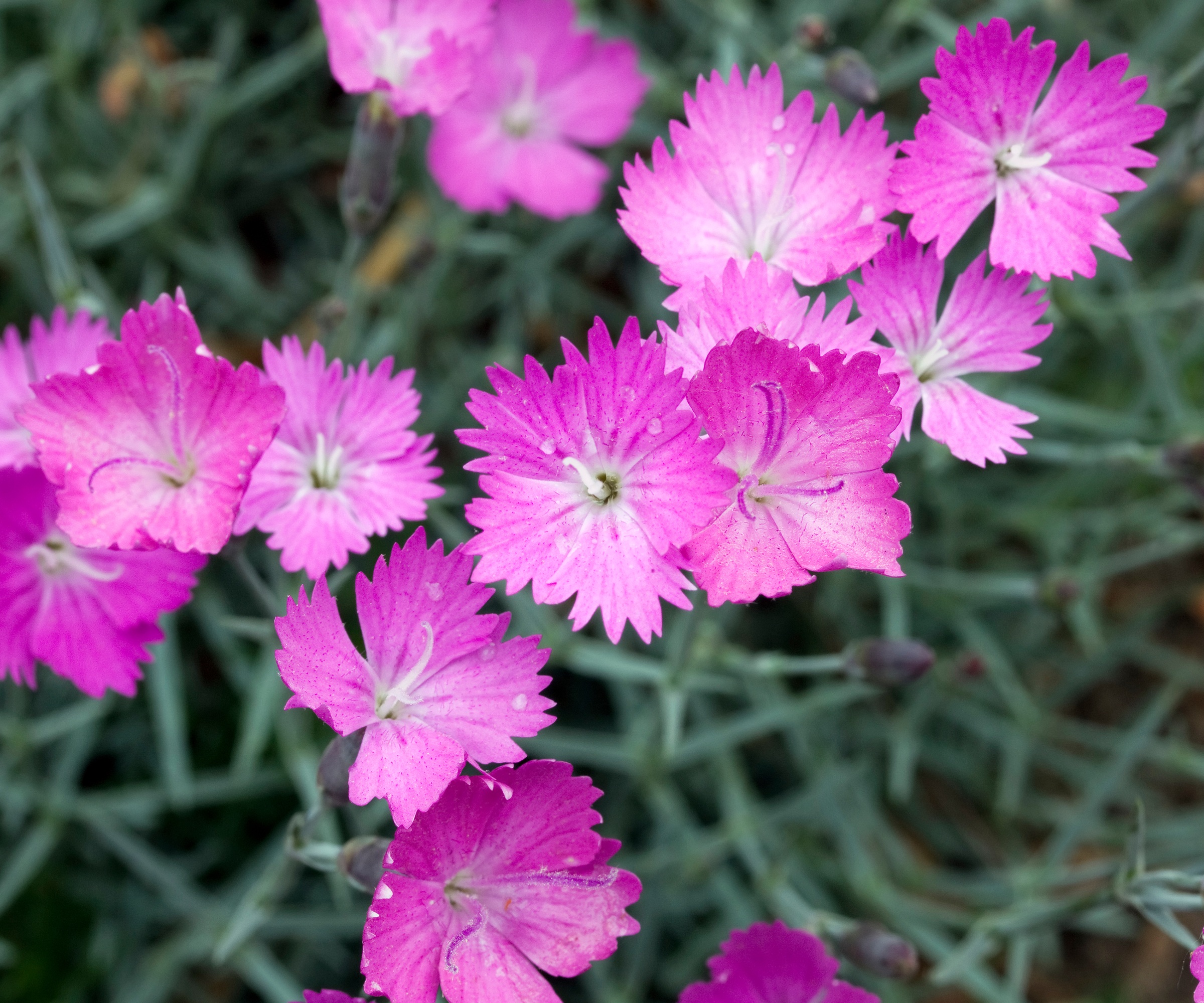
Looking for no fuss, attractive ground cover that will pep up any sunny spot, then this dianthus is a firm favorite of ours. ‘I love this low-growing plant’s silvery blue-green foliage so much I don’t even care that it blooms. It almost looks like a patch of silvery sod in the garden,’ says horticulturist Justin Hancock.
Design expertise in your inbox – from inspiring decorating ideas and beautiful celebrity homes to practical gardening advice and shopping round-ups.
‘The blooms are pretty delightful when they come; in May and June it produces fragrant hot pink flowers just above the foliage. In a large patch, you can smell the flowers from a few feet away,' he adds.
Requiring a well draining soil, this mound forming plant reaches heights of 6-9inches (15-23cm) and happily tolerates cold, heat and humidity. It also makes a delightful long lasting cut flower. Awarded the 2006 perennial of the year by the Perennial Plant Association, Dianthus Firewitch plants are now available at Burpee

Justin Hancock is a Costa Farms horticulturist with over 25 years in the industry. A plant enthusiast and educator, he has a degree in horticultural science and has worked in garden centers and botanical gardens, as a garden designer, and in garden publishing (including at Better Homes and Gardens). He has experience gardening across the country, from Minnesota to Oregon to Miami. Justin is also co-host of the Costa Farms podcast Plant Rx.

Tabar Gifford is a Master Gardener, and dedicated “plant geek”. With a lifelong love for gardening and nature, and a background in environmental studies and sustainable community development, she combines horticultural expertise with a commitment to education. Striving to empower individuals in achieving their gardening aspirations, Tabar embodies a genuine passion for sharing her knowledge. She gardens in zone 4 in Vermont.
Creeping germander
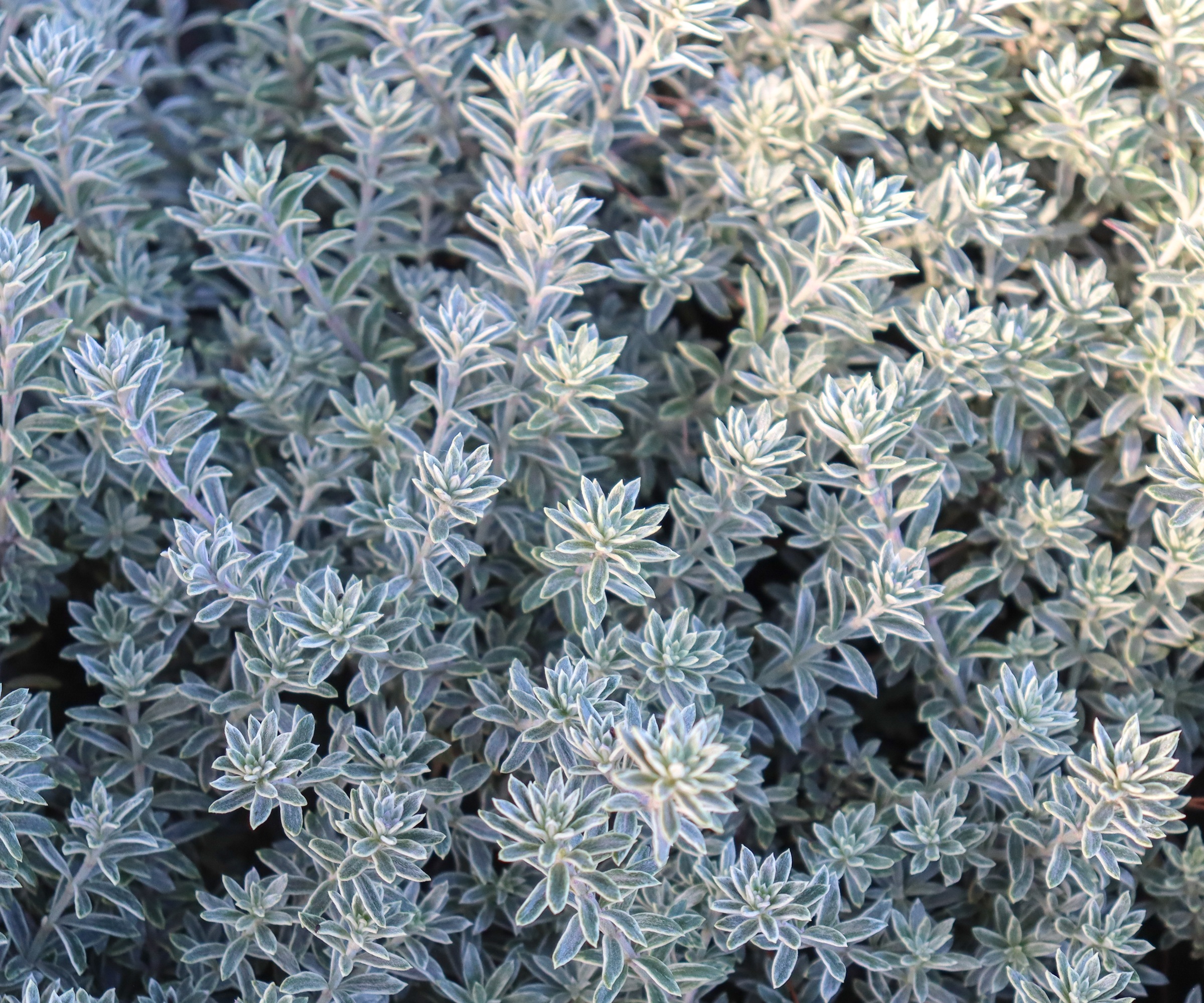
Forming a captivating silver-grey carpet of downy, glaucous foliage, this pollinator favorite thrives in dry and rocky terrains and loves full sun. Hailing from the Mediterranean Balearic islands, creeping germander is well suited to xeriscaping and needs very little upkeep.
‘It’s an indispensable groundcover at my home garden in New Mexico, cascading nicely over rocks and softening hardscaped edges,’ says horticultural expert Lauren Carvalho. ‘Teucrium x ‘Harlequin’s Silver’ EVERSILVER™, true to its namesake, has ghostly silver foliage that lasts through the winter. Its adorable pink pincushion flowers have their first flush in the spring and will bloom sporadically into fall; flower production can be increased by deadheading.’
A useful rabbit and deer resistant plant, it provides plentiful nectar rich blooms, supporting a wide range of pollinators too. Find high quality creeping germander plants at High Country Gardens
Creeping Speedwell
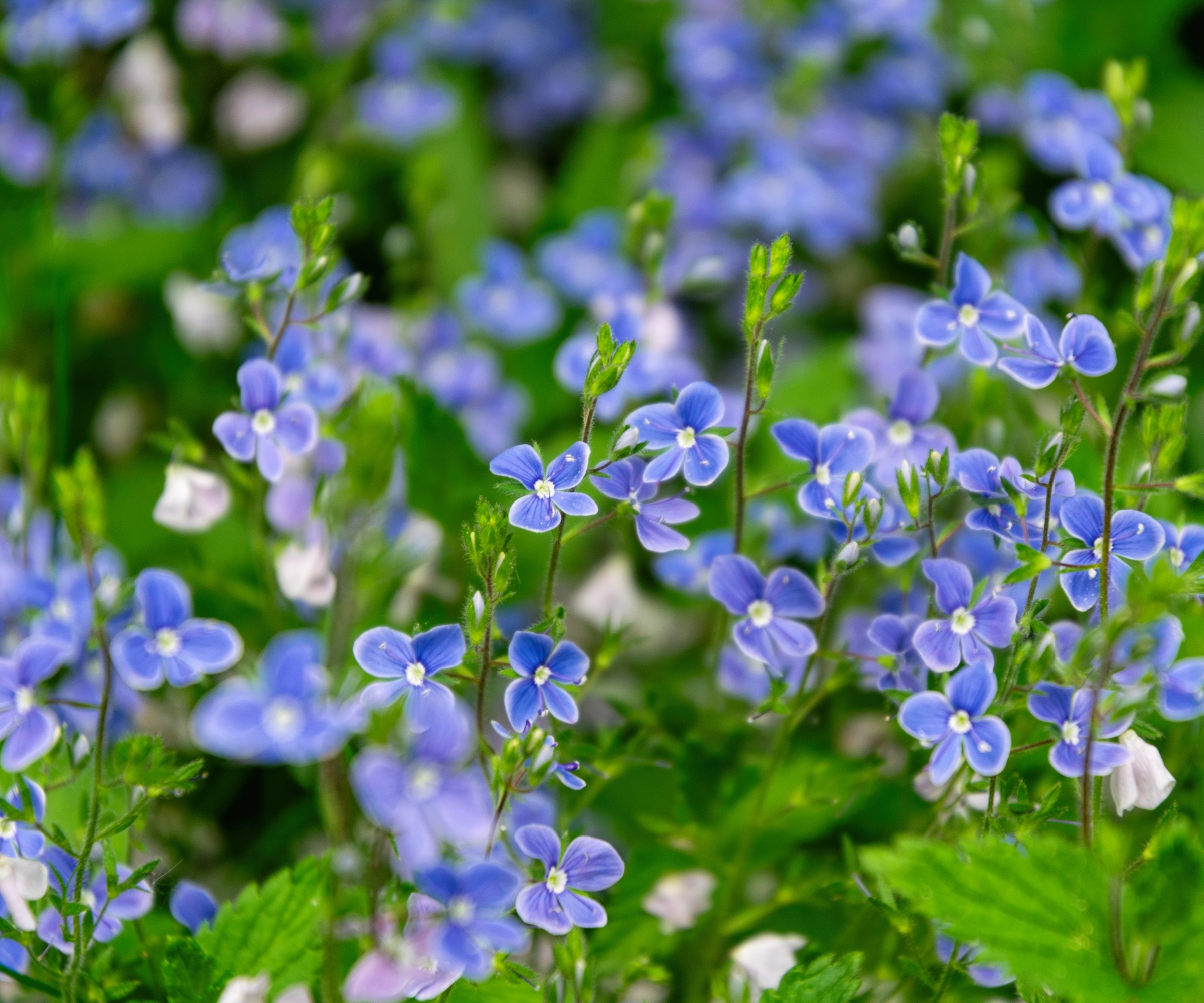
Creeping speedwell – also known as Veronica umbrosa 'Georgia Blue’ – is a fantastic addition to any yard. Perfect for the edges of borders, underplanting trees and shrubs or gently spilling over container rims, it has a relaxed, informal beauty that dazzles every spring.
‘This easy-care groundcover sports rich green foliage spring to fall, and then in winter (in all but the coldest climates) it’s flushed with purple creating some lovely winter interest (while smothering weeds,’ explains Justin.
‘In spring, it bursts into bloom practically smothering itself with true-blue flowers. Once established, it does a great job of taking care of yourself so you can practically plant it and forget it.’
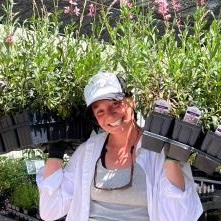
Lauren is the Horticultural Manager for High Country Gardens. Beginning as an organic produce farmer in the Southwest, she developed a fascination with reducing the use of pesticides through using beneficial insects. This led to a life-altering opportunity learning to propagate native and pollinator-friendly, habitat-providing plants under the tutelage of Horticulturalist David Salman.
Hemlock Moon Frost
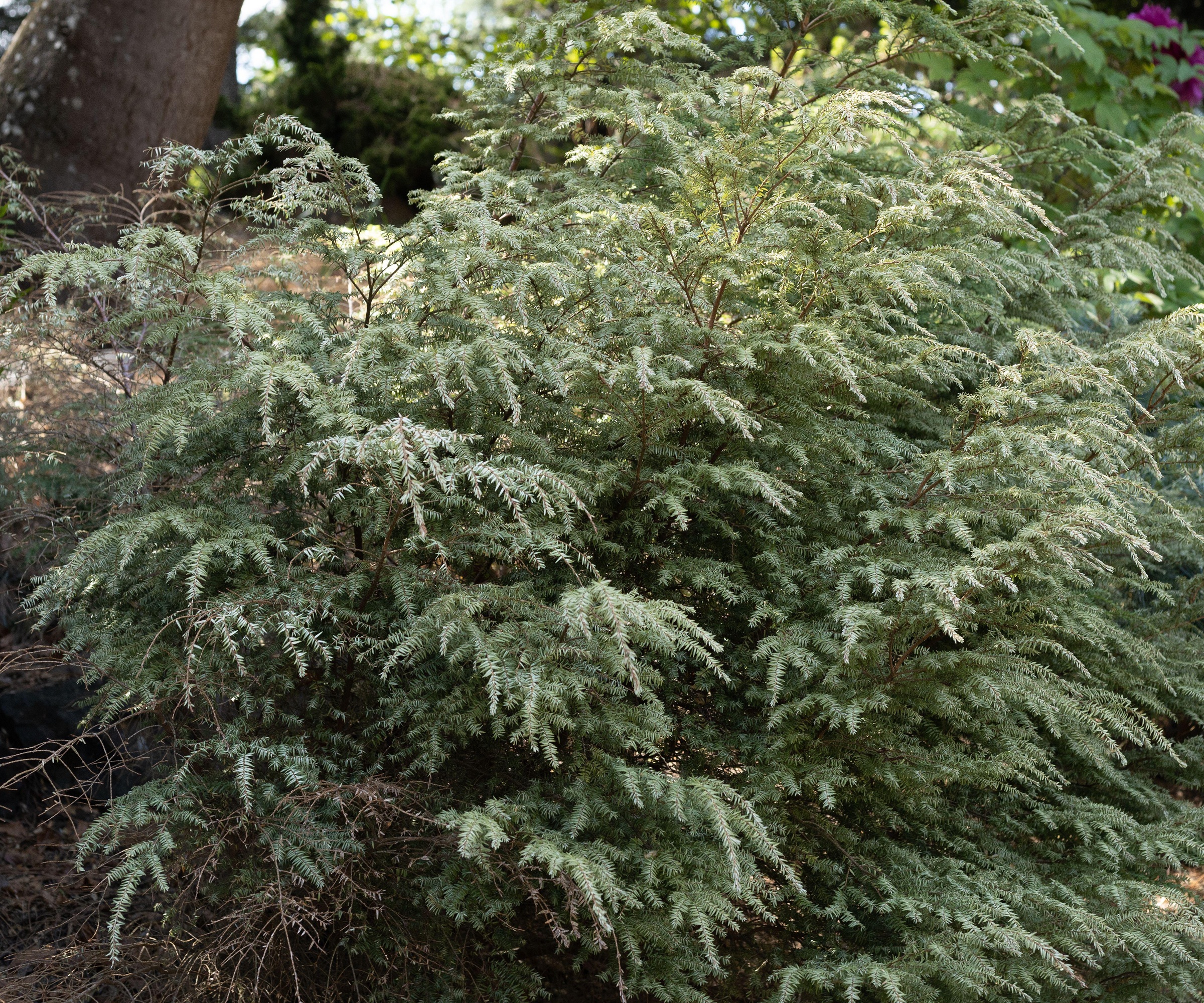
With its low, domed habit and silvery green branches, conifer Tsuga canadensis ‘Moon Frost’ is an elegant sight in any yard.
‘A gorgeous dwarf cultivar of a tried-and-true North American tree, Moon Frost is a shrub that grows only about 4 feet tall and wide. It has soft evergreen needles, but its claim to fame is that the new growth comes out white, giving it a fresh, fun look in the spring/summer garden,’ says Justin. ‘It’s also one of the few evergreen shrubs that thrives in shaded spots, so you can enjoy moon frost hemlock even if you don’t see the sun in your landscape.’
Thriving in USDA plant hardiness zones 4a to 8b, it’s a slow grower and needs little attention to keep it in top condition, favoring clay, well drained and moist soils. Deer and pest resistant this finely textured conifer, available from Wilson Bros Gardens - makes a dramatic statement, brightening up any gloomy spot in the garden.
Creeping Mahonia
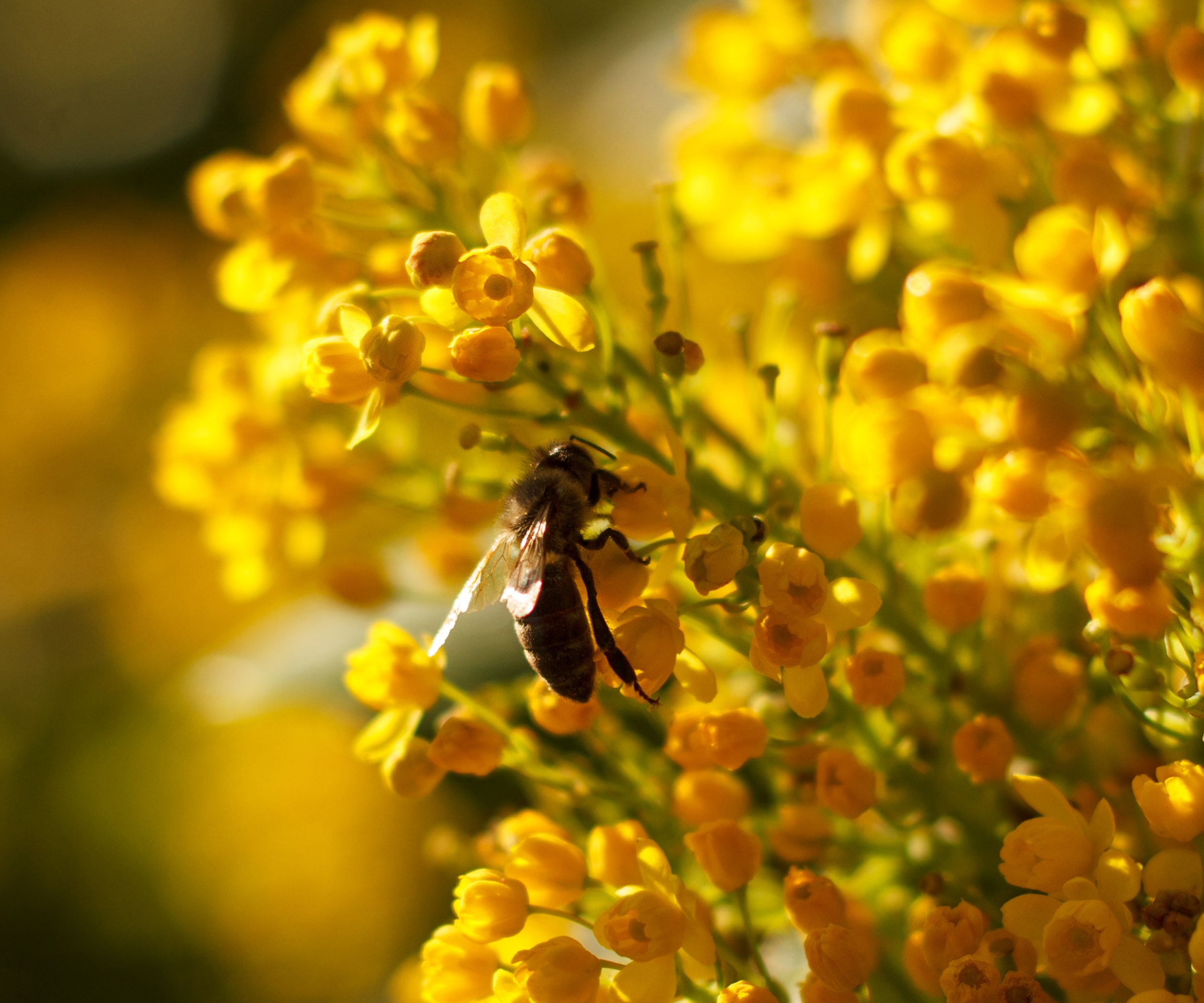
Also known as creeping-rooted barberry, Mahonia repens is one of the most valuable and underutilized evergreen native groundcovers for shade and partial shade.
‘With glossy, holly-like foliage that takes on rich purplish-bronze tones in winter, it provides year-round visual interest while supporting wildlife in every season,’ explains Master Gardener Tabar Gifford.
‘In early to mid-spring, it bursts into fragrant yellow blooms that are a vital early nectar source for native bees emerging from dormancy. These are followed by clusters of striking blue-purple berries in summer and fall that attract birds and small mammals, making it an all-season standout for habitat gardens.’
Native to the western US and grown from wild seed collected in Montana, mahonia repens forms a low, spreading mat that thrives under trees, across slopes, or in challenging shady areas where other plants may struggle. ‘It’s drought-tolerant once established and adaptable to most soils, including clay. Its rugged, low-maintenance nature and ecological benefits make it an exceptional choice for gardeners looking to incorporate native evergreens with year-round appeal and purpose,’ says Tabar.
A tough, upright evergreen, this shrub reaches heights of 12 inches (30cm) and can spread, via suckering shoots, to 40 inches (1m) wide. Find container grown mahonia plants at High Country Gardens.
Desert Purple Sage
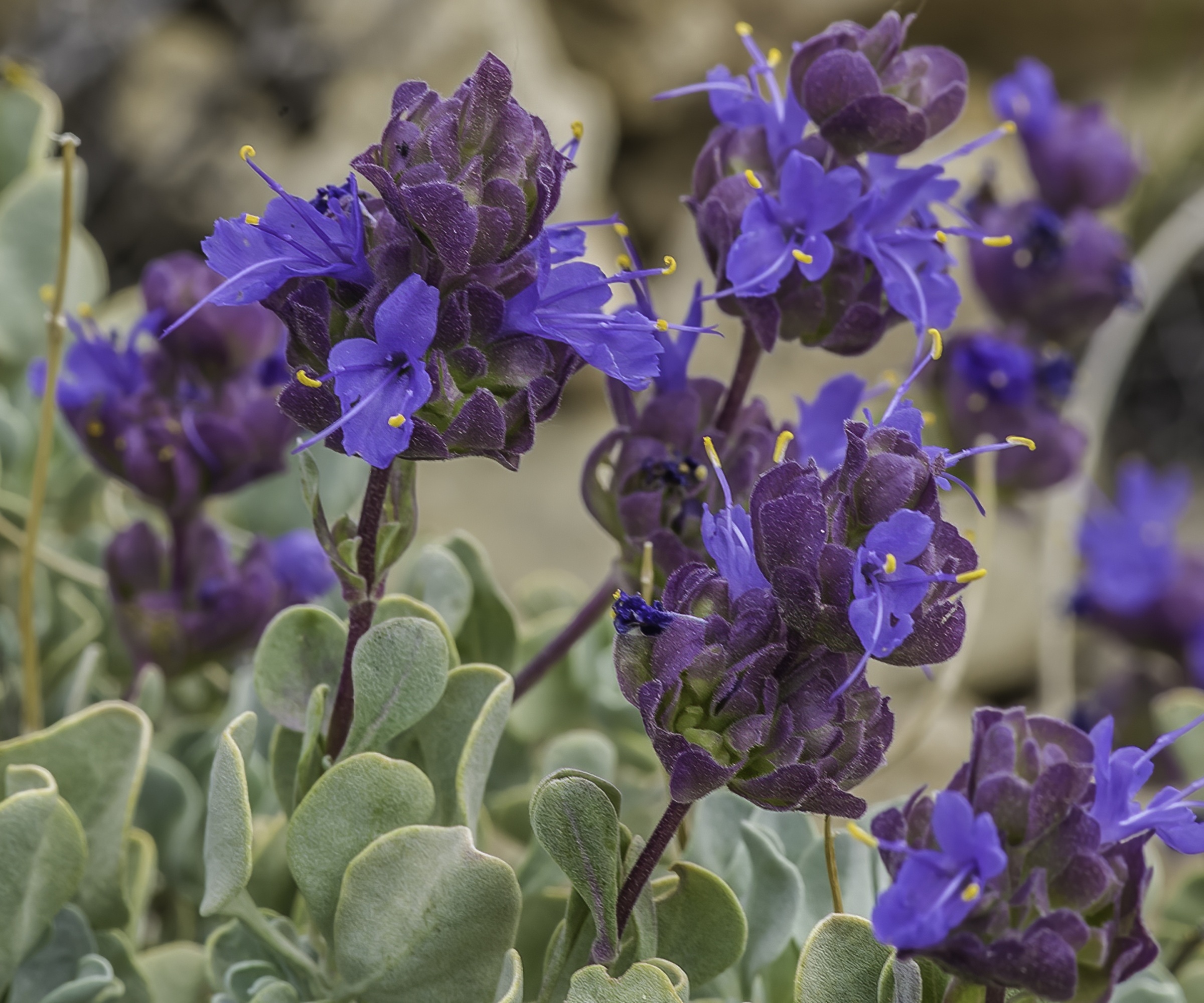
Native to the dry and arid zones of the US, Salvia dorrii, is an overlooked showstopper that deserves a place in our yards. Hardy in USDA zones 5-9, it thrives in full sun in well-drained soil. Either as part of a gravel garden, xeriscape or a prairie inspired landscape, it charms with its year-round foliage and seasonal blooms.
‘With its intensely aromatic silver foliage and showy purple-blue flower spikes emerging in late spring, this native beauty provides both seasonal drama and year-round structure,’ continues Tabar.
‘A fast-growing and long-lived shrublet, it’s perfectly adapted to lean, well-drained soils and intense sun, making it a smart choice for xeric gardens, dry slopes, and tough planting spots.’
Reaching heights of between 1-3 ft (30-90cm), the upright stems with hairy, lance shaped leaves move in the slightest breeze. ‘Adored by native bees, butterflies, and other pollinators, Salvia dorrii plays a valuable role in supporting biodiversity in the Western US while also being deer and rabbit resistant thanks to its fragrant, resinous leaves,’ explains Tabar.
If growing in USDA zones 5 and 6, these plants are best planted in Spring or early Summer to give them time to establish before the first frosts. Desert Purple Sage plants are available from High Country Gardens.
English Lavender
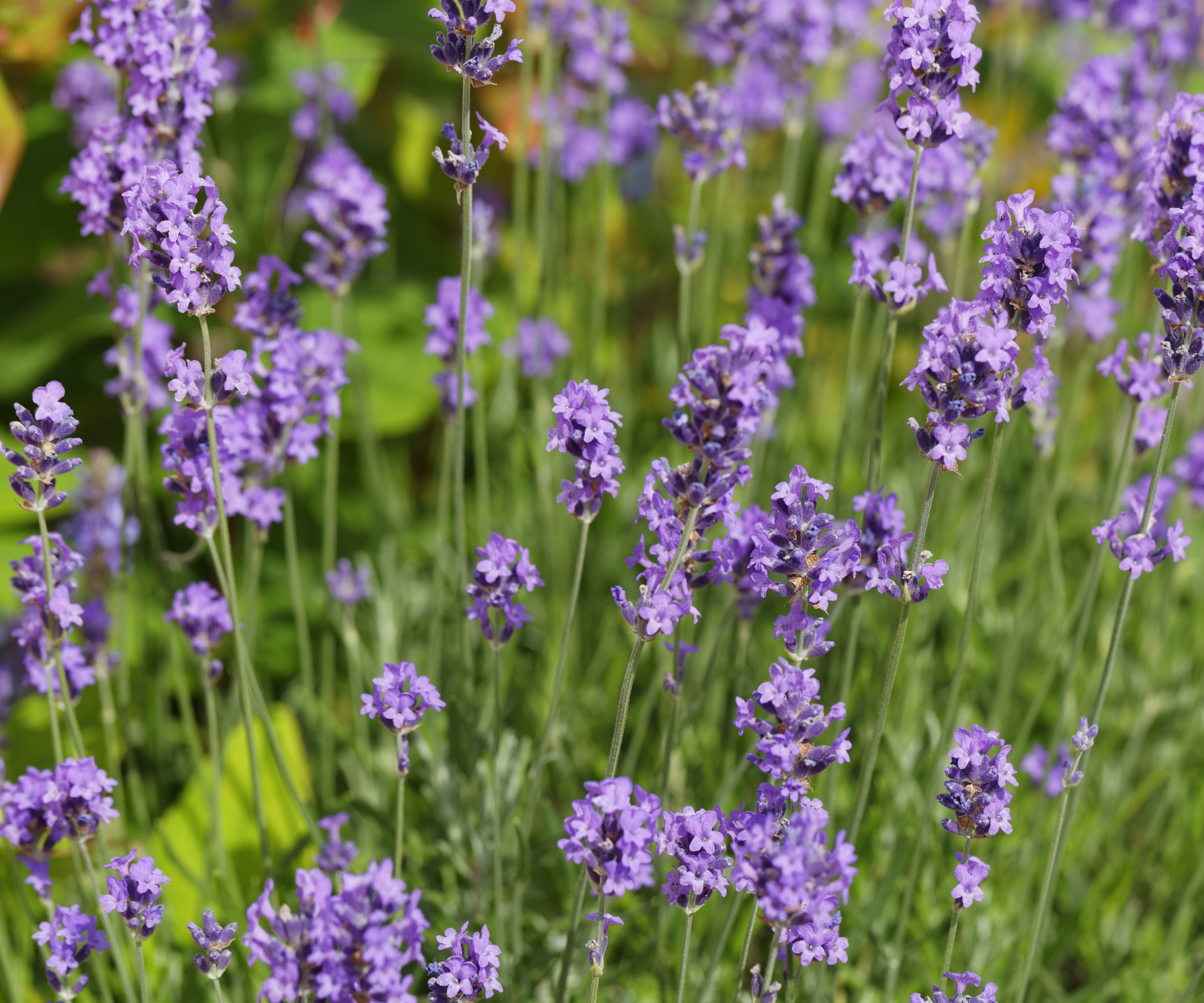
A compact and evergreen English lavender and one of the best lavender varieties, Lavandula angustifolia ‘Thumbelina Leigh’, retains its close growing, silvery-green foliage all year round.
Naturally forming gentle mounds and only reaching 15 inches (38cm) tall, it’s an elegant contrast to glossy, dark green evergreen and ideal for edging driveways, paths and formal borders.
‘Unlike many lavenders that can look ragged out of bloom, this dwarf variety retains its tight, silvery-green evergreen foliage through winter, offering structure, color, and fragrance year-round,’ Tabar explains. ‘It rebounds quickly in spring, setting the stage for a robust summer show of plump, violet-blue flower spikes.’
A magnet for bees. moths and butterflies, these underrated perennials are well suited to warmer climates. Preferring rich but well-draining soil, the fragrant blooms are long lasting and can be cut to use or display within the home.
‘Drought tolerant and low maintenance, this under-the-radar lavender is a must-have for anyone looking to combine evergreen beauty with reliable pollinator appeal,’ says Tabar.
Hellebore Ice N’ Roses Merlot
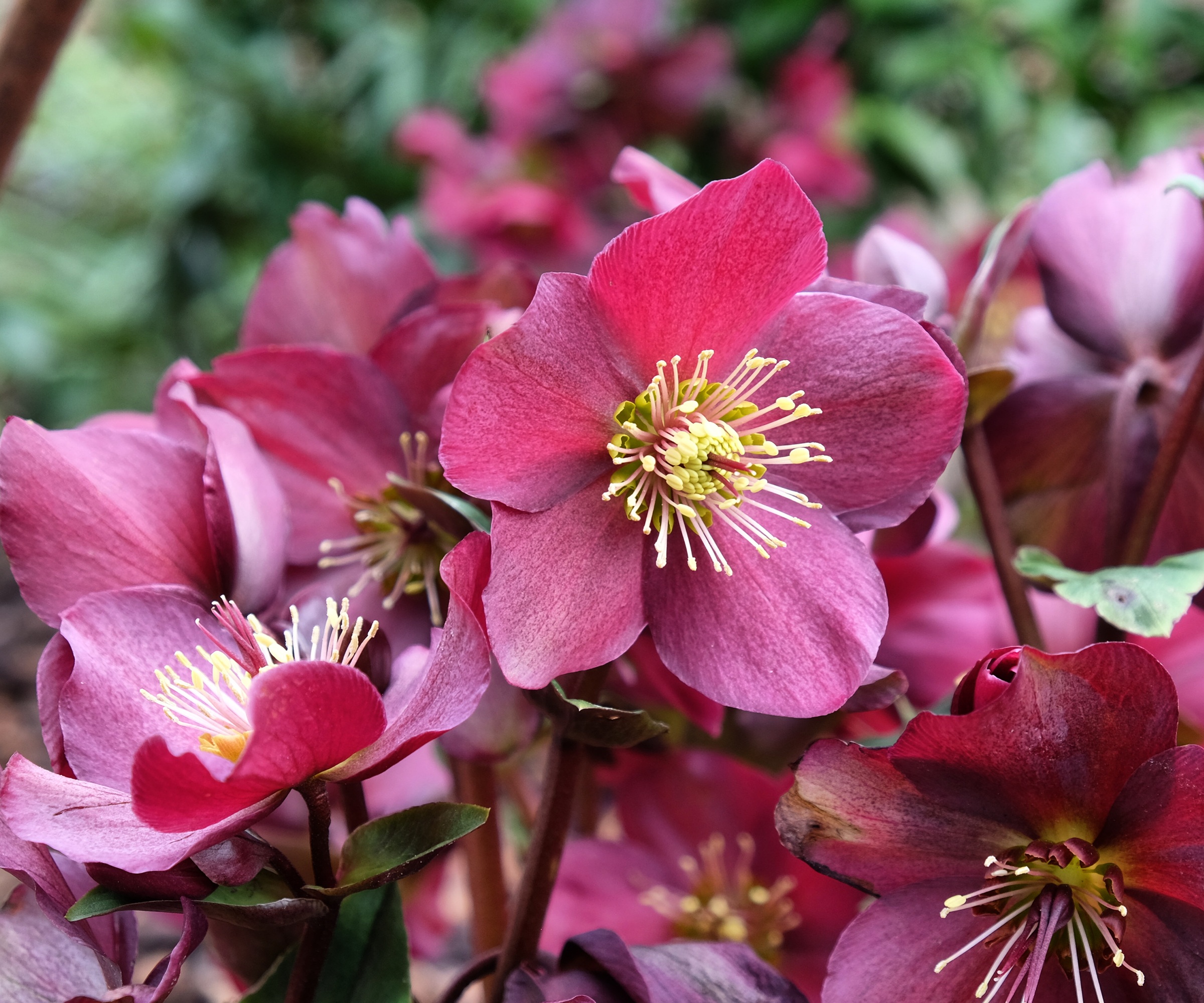
With dark green, evergreen foliage that perpetually dazzles, this hellebore is perfect for giving planters, borders and window boxes a boost, all year round.
‘The dark green, sometimes flushed with red, hand-shaped foliage on this hardy perennial plant is attractive all year long, but its dark purple-red flowers that appear in late winter and early spring (sometimes before the snow melts) makes this plant a real winner,’ exclaims Justin Hancock.
A great plant for shade, it is relatively it’s deer and rabbit resistant and needs little care year on year, so you can sit back and enjoy the show without lifting a finger. Tolerant of most soil types, from clay to sand, it will reach heights of 12-15ins (30-35cm) over 10 years. While these plants will steadily multiply and spread over time, you can help speed up the process by discovering how to propagate hellebores.
Ribbonwood
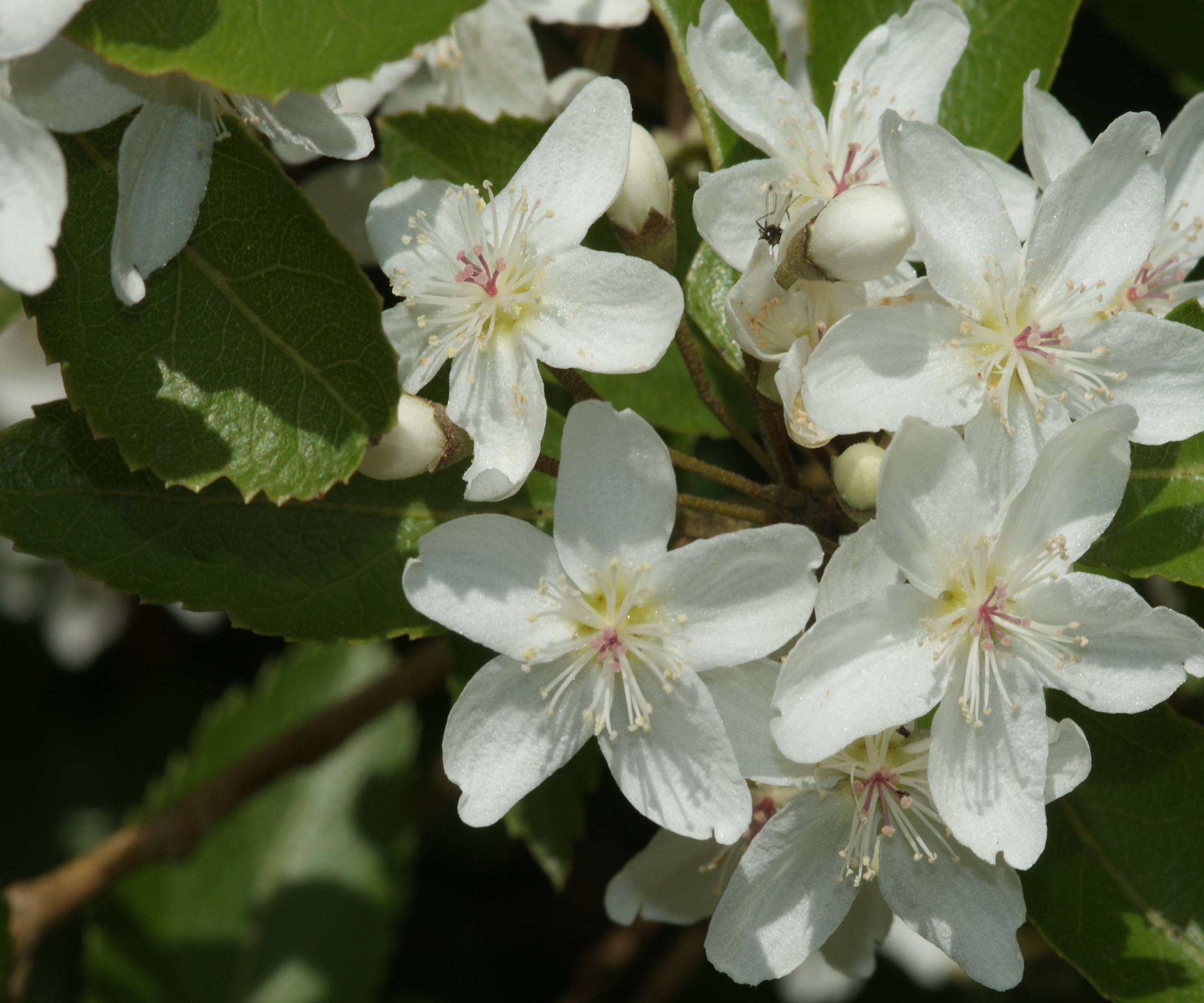
Ribbonwood, or to give it its botanical name Hoheria sexstylosa ‘stardust’ is an evergreen shrub or tree with an upright habit reaching up to 26ft (8m) tall and 19ft (6m) wide. Sporting glossy green, oval leaves with deeply toothed edges it forms a dramatic background to mixed herbaceous perennials and other ornamental trees and shrubs including acers, conifers and maples.
Every mid to late summer, white five-petalled, star shaped flowers are borne in dense clusters. Highly fragrant, they impress with their exaggerated stamens. Grow in well drained soil in full sun, but be sure to protect from cold, drying winds. Installing an outdoor privacy screen such as this one from Walmart will help cut out brisk winds.
If you are looking for more all year round plant and design inspiration for your yard, be sure to check out the easiest evergreen shrubs and best evergreen ground cover plants to grow.

Journalist Jill Morgan has spent over 20 years writing and editing gardening, interior and property features. Titles she has worked on include The English Home, House Beautiful, Ideal Home, Houzz and Modern Gardens and she writes regularly for H&G as a Contributing Editor. Whilst she is a dab hand at renovation projects and DIY, she is happiest when out digging in the garden or planning a new border.